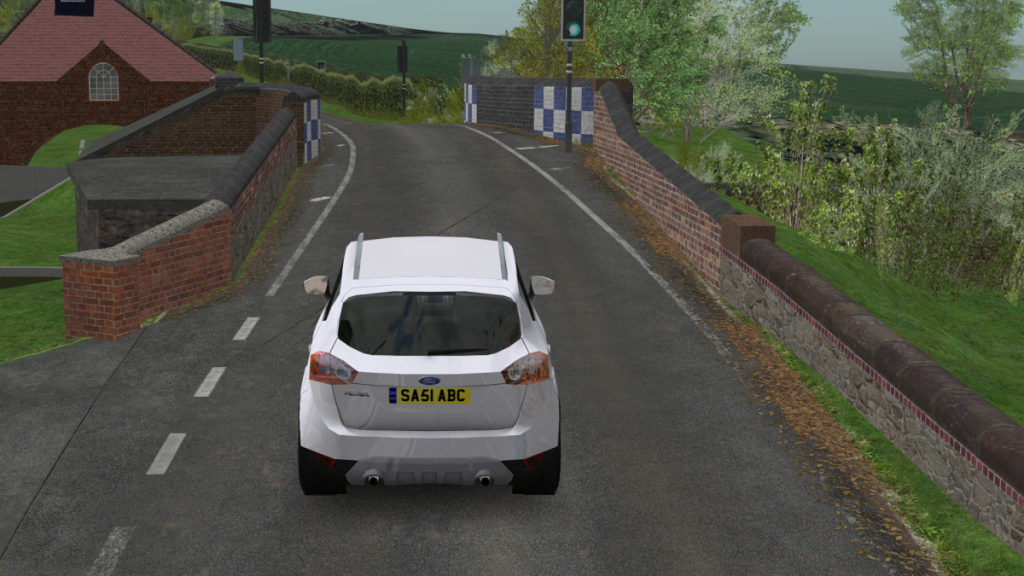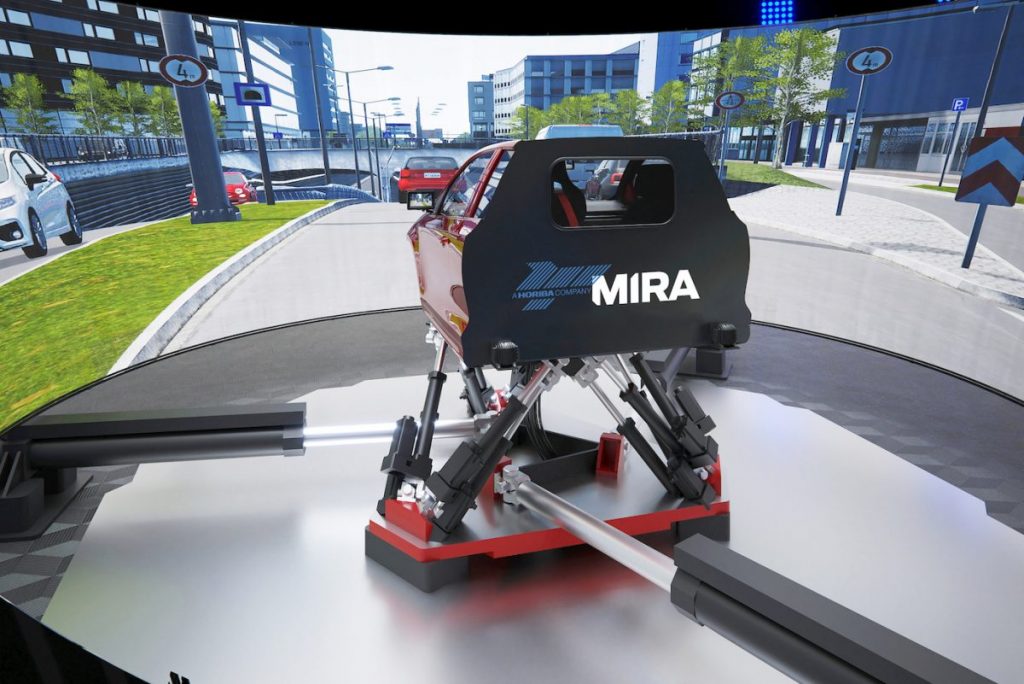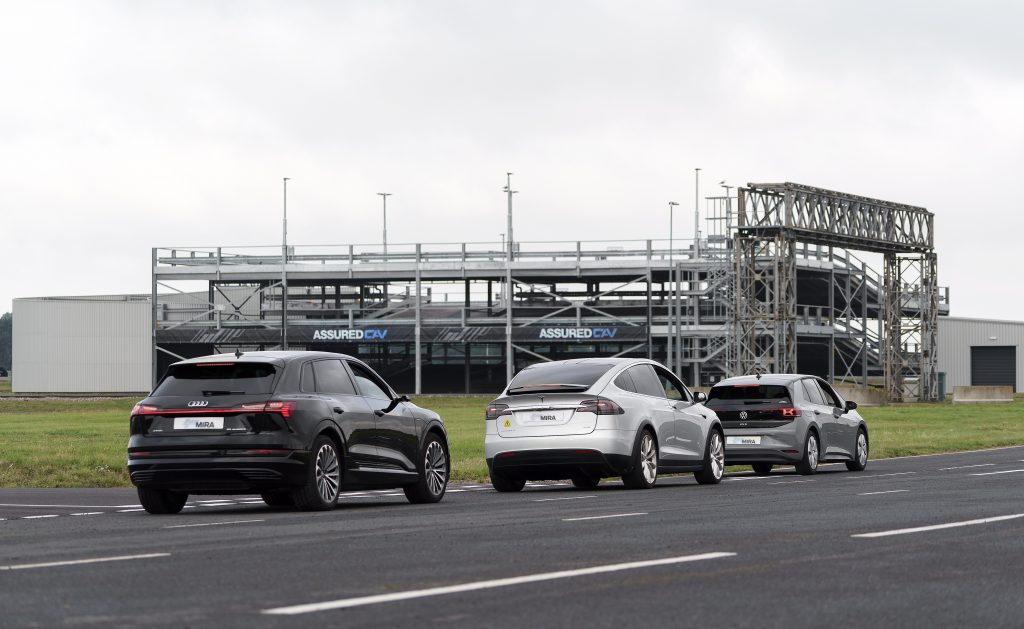A consumer’s decision to purchase a vehicle is, more often than not, driven by its attribute performance, such as the way the vehicle handles, its ride or overall comfort levels. Making this element a significant focus of the engineering approach is therefore vital when an OEM is considering the end user.
This mindset is no different when it comes to advanced driver assistance systems (ADAS) and autonomous systems that are proliferating in vehicles. However, many automakers introduce these features later in the engineering cycle, which can often lead to complications and ultimately an unsatisfactory experience for the end user. The key could be to follow an attribute engineering approach, supported by extensive validation; in this way, OEMs are able to incorporate autonomy seamlessly into their vehicles.

What is the current process?
For many OEMs, ADAS and autonomous systems are often treated as an add-on rather than a core attribute element that needs to be considered at the beginning of the design cycle. Not only does this approach create more engineering challenges but poorly developed systems have historically resulted in consumers choosing not to specify technologies such as lane assist and adaptive cruise control at purchase.
Due to regulation changes, such as GSR2, some ADAS features are no longer a choice. This has further shifted the onus onto the requirement for well-developed solutions. If a consumer does not like the experience of the system, rather than not choosing it as an add-on option, they now won’t choose the brand.
This shift necessitates a critical change in OEM design cycles and a move to an attribute engineering approach, where ADAS and autonomous systems are incorporated right from the beginning. As a result, OEMs will be able to see and use robust, well-performing ADAS as a significant brand differentiator.

What does an attribute engineering approach look like?
As with all automotive design cycles, it is key to set targets from the beginning about how the final vehicle will behave, and ultimately where ADAS and autonomous systems can fit within those targets. The key change with the attribute approach Is to lead the development based on the subjective assessment of the vehicle and use quantifiable data to help guide rather than direct the development direction, focusing on the end consumers experience. Furthermore, understanding the trade-off between the performance of systems and ensuring that they are complementary rather than competing is vital, for example the chassis system can support everyday requirements as well as more rigorous active safety applications.
A significant element of this is also understanding the market and the use case of the vehicle, such as how it needs to behave within an inner-city, slow-moving environment compared to a high-speed motorway situation. By considering this it is possible to further inform these targets and how the vehicle is developed with autonomy in mind.
With ADAS systems now having to be initiated within the ignition cycle, it is more important than ever for these systems to build driver confidence in the vehicle, and to move the end-user away from seeing these technologies as an optional extra. Therefore, by focusing on ADAS and autonomy as a vehicle attribute, brands will be able to develop a product that is beyond regulations and meets the performance requirements a driver expects, for example no false braking events or lane keep errors.

How does testing support this engineering approach?
To design and create a vehicle that delivers effective ADAS and autonomous driving systems, stringent engineering and testing processes are vital. A key initial phase of this is to use Driver in the Loop simulations to subjectively appraise the vehicle and the specific scenarios it may encounter. By following a workflow that takes the operational design domain (ODD) and system requirements into account, scenarios can be filtered down based on precise criteria, such as handling and comfort, to ensure there is enough coverage for a robust assessment of real-world scenarios.
By creating a programme based on this workflow, it is possible to do more than simply execute scenarios in the hope that any issues arise. It allows manufacturers to design a programme that will identify them and provide the best solution. A simulation-based development approach, using technology such as Horiba Mira’s driver-in-the-loop simulator, supports subjective development alongside other attributes, ultimately allowing them to see the systems perform in numerous situations.
Once virtual simulation is complete, prototypes and physical assets can then be further developed through a subjective based testing approach to ensure ADAS systems provide the required assistance needed for the end product prior to the full production of the vehicle. Facilities, such as the ASSURED CAV ecosystem developed by Horiba Mira, allows for simulation and physical testing across a high-speed, dynamic testbed, as well as dedicated ‘City’ and ‘Parking’ areas for rigorous scenario testing.
Horiba Mira is just one company positioned to support automakers through the process of integrating and developing this approach earlier into the design cycle. The aim is to reduce the risk of errors before moving into physical hardware. Furthermore, it can enhance OEM workflow to ensure there is no need to wait for a costly asset such as a prototype to conduct ADAS testing, along with supporting the reduction of potential risks, improving time to market, and overall enhancing the performance of the vehicles and user experiences of ADAS and autonomy.
Alastair Evanson and Jonathan Maybin lead Horiba Mira’s teams focused on connected and autonomous vehicle (CAV) development and attribute engineering services




